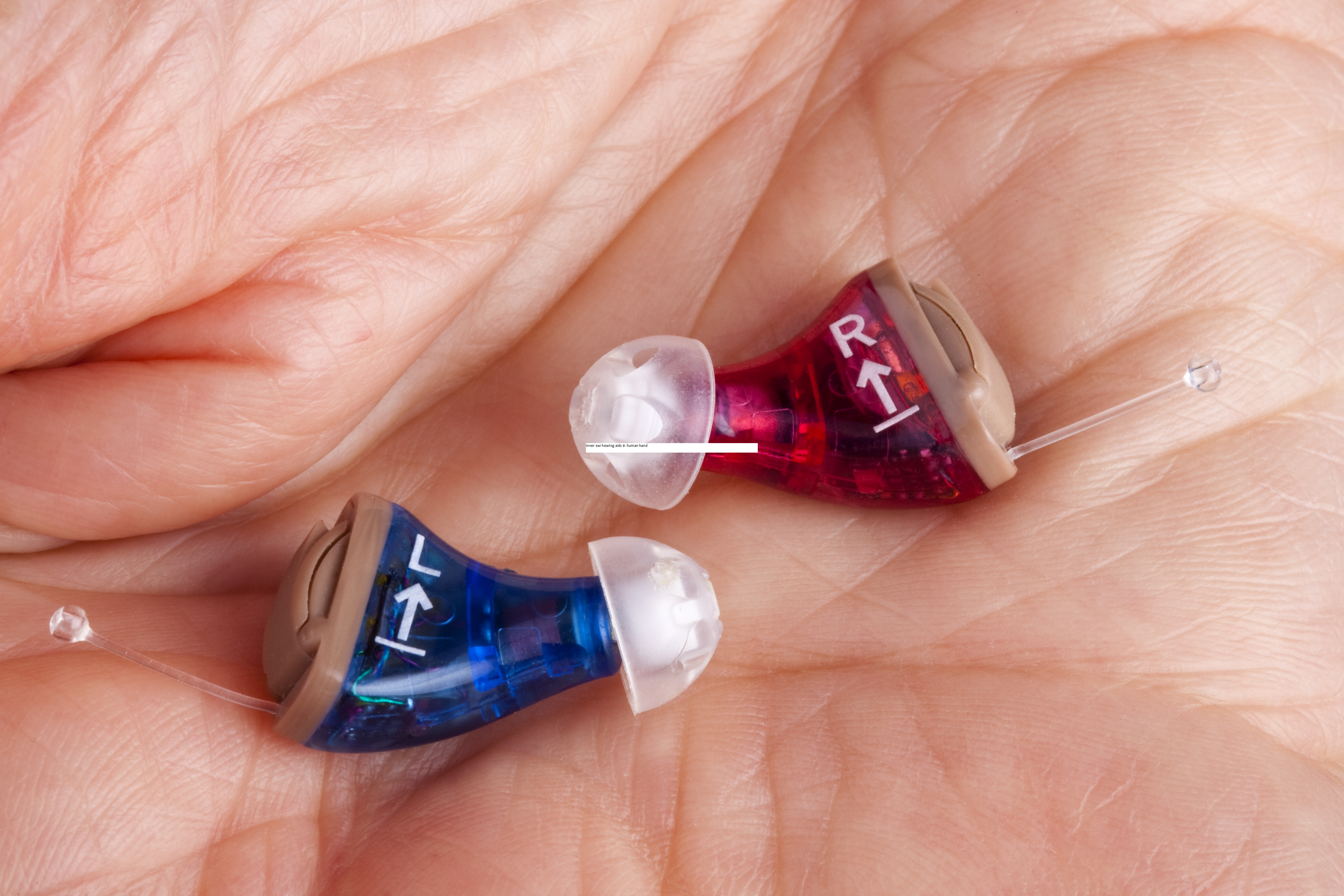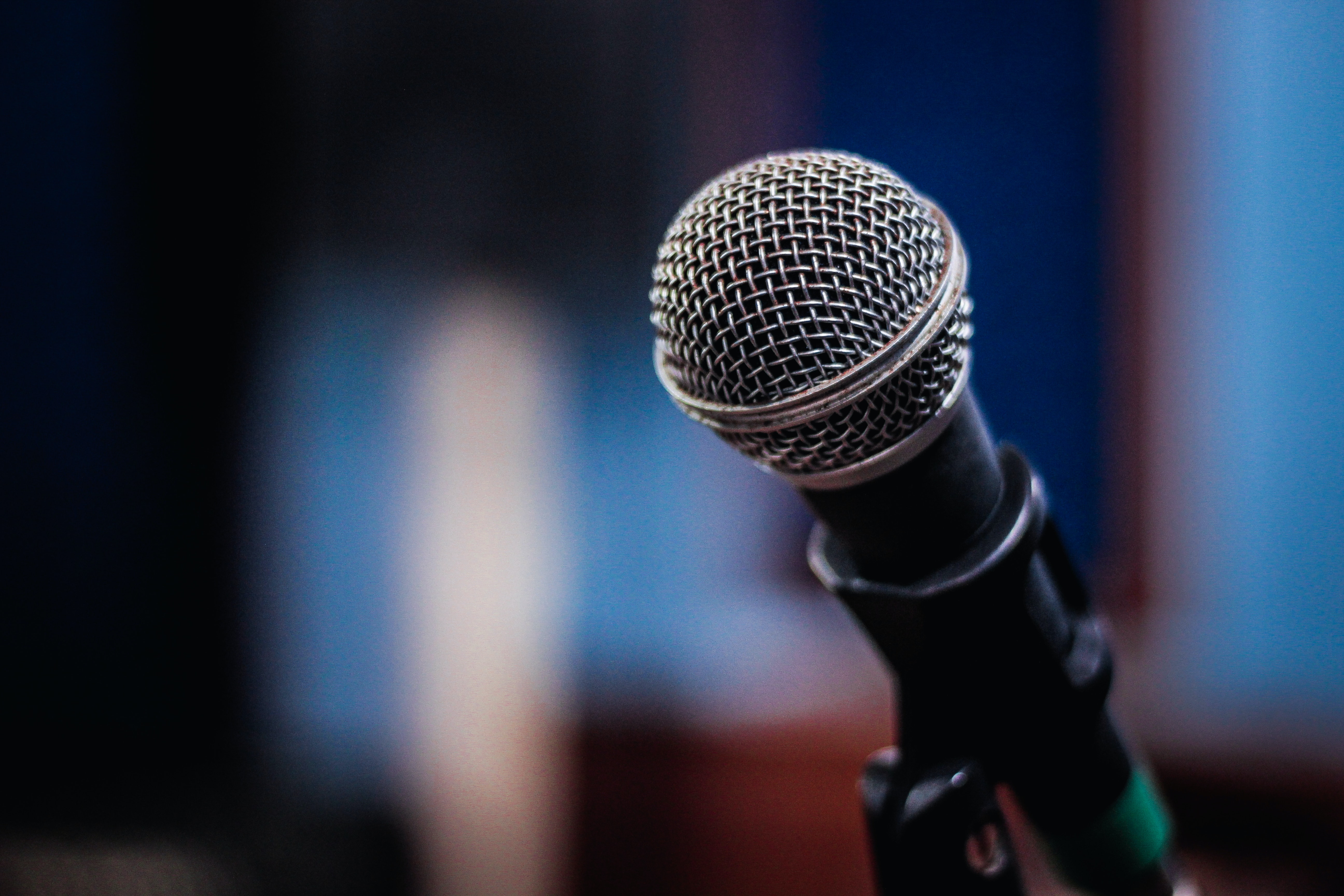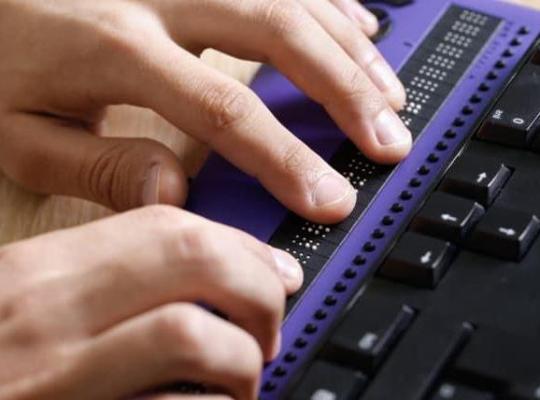As the Lead Consultant on the JAN Sensory Team, I receive many questions about hearing aids and telephone headsets. One common issue with these type of questions is that there are many different types of hearing aids, as well as numerous models of headsets. Some hearing aids can work with specialized types of headsets, but in many cases, it is necessary to think outside the box and find a solution when there isn’t easy compatibility.
When seeking a hearing aid compatible headset, it may be necessary to clarify the features of the hearing aid that will be used, in relation to the type of headset features that provide the greatest compatibility. The assistance of an audiologist may be helpful in determining whether a specific type of equipment configuration will meet an individual’s needs.
For those with Bluetooth enabled hearing devices — whether hearing aids or cochlear implants — a typical approach is not to seek a Bluetooth headset, but instead connect to the phone in such a way that the sound from the phone is sent wirelessly into the hearing aid or cochlear implant to be amplified according to the treating audiologist’s chosen settings. This approach requires a Bluetooth streaming device that connects to the hearing aid or implant (via Bluetooth), and a telephone accessory or adaptor to connect the streaming device to the phone. The streaming device usually has a built-in microphone so that it can pick up the sound of the user’s voice and send it to the phone via an accessory or adaptor. It also receives sound and sends it wirelessly to the user’s hearing aid or cochlear implant. An example of such a product from Oticon is the ConnectLine.
An audiologist, otolaryngologist, or hearing device vendor may be helpful in determining the best type of streaming device to use, since not all streamers are compatible with all Bluetooth enabled hearing aids. Due to recent changes in regulations, it is now possible to purchase some types of hearing aids over the counter. This means that more hearing aid users may be limited in their access to an audiologist. However, it may be possible to get input from a hearing services professional via a telephone helpline or manufacturer’s website. These same professionals may be helpful in determining the best means of phone access for a particular individual, which in some cases may involve other technology instead of, or in addition to, technology to access the Bluetooth features of a hearing device. In some cases, a smartphone with a mobile app may substitute for the streaming device.
As an alternative accommodation example, a non-Bluetooth enabled phone can be adapted using a Bluetooth streamer such as the Plantronics MDA200 with a SSP-2714-01 Bluetooth Dongle to connect the streamer to a desk phone. Some users may also prefer to use a handset lifter, such as the Plantronics HL10 Handset Lifter in order to answer the phone from a distance. These Plantronics products are but some of many examples of assistive technologies that may be beneficial in accommodating sensory impairments. JAN does not endorse or recommend products or vendors, but offers options that may facilitate an effective accommodation.
Not all hearing aids have Bluetooth capability; some use a different technology. One such alternative technology is the telecoil or t-coil, which also receives sound signals wirelessly. Some headsets designated as “hearing aid compatible” by manufacturers and vendors are compatible with hearing aids that have a telecoil, but are not compatible with Bluetooth enabled hearing aids, or those that have neither telecoils nor Bluetooth chips.
Some individuals may have been instructed by an audiologist to use their hearing aids in microphone mode (as opposed to t-coil or Bluetooth) with a headset. This may be because of the specific type of hearing aid they are using. When this is necessary, some individuals find it helpful to use a speakerphone or a high-quality headset with large ear cups and lots of padding, and perhaps other features designed to block ambient sound.
For more detailed assistance with these types of workplace accommodation questions, contact JAN for one-on-one support.










